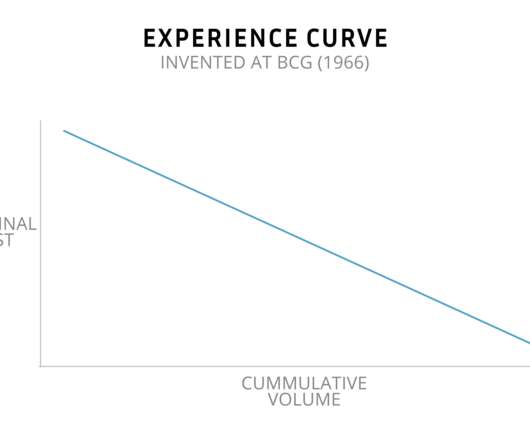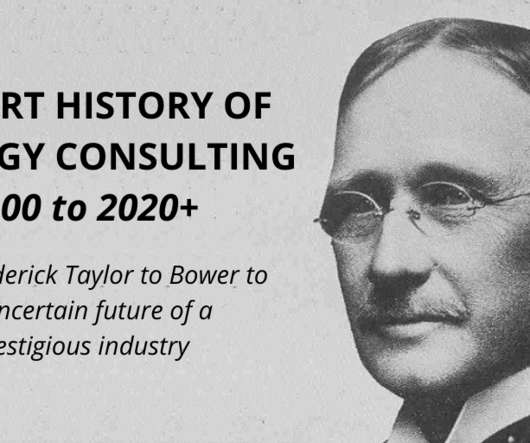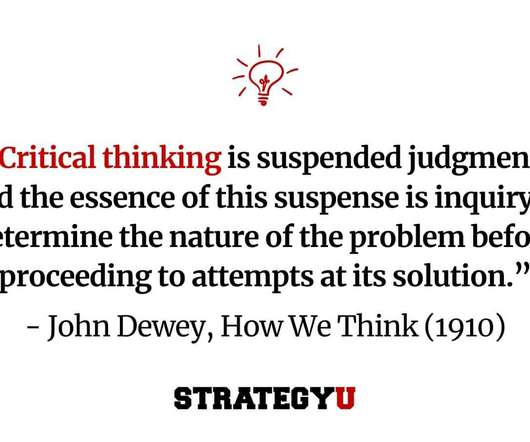Use The Pyramid Principle To Communicate Like A CEO
StrategyU
JANUARY 20, 2025
You may find: The economy weakened, hurting purchasing power A new competitor took 20% market share Manufacturing delays led to product shortages The insight could be: “Sales declined due to external economic factors and internal execution issues.”














Let's personalize your content